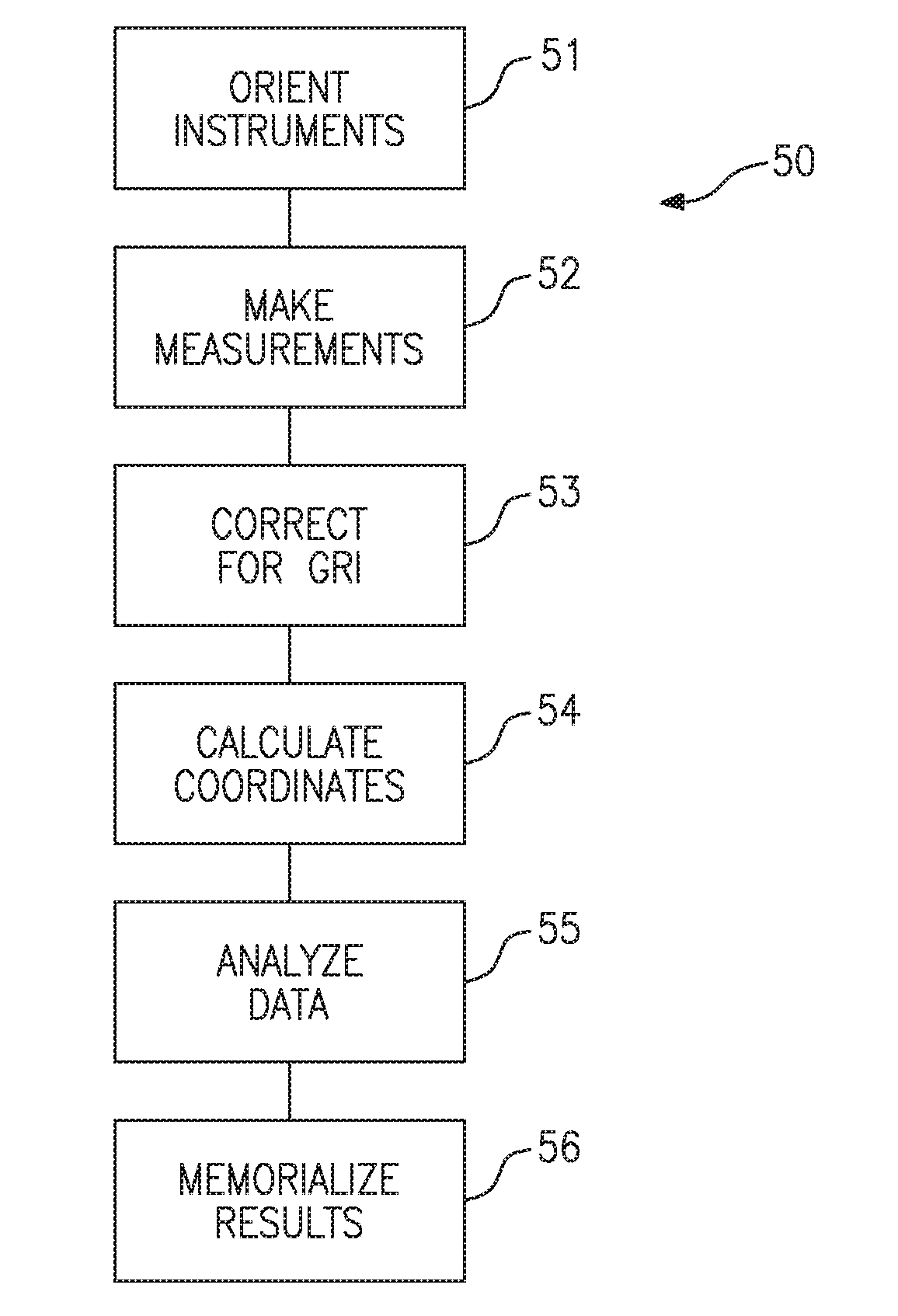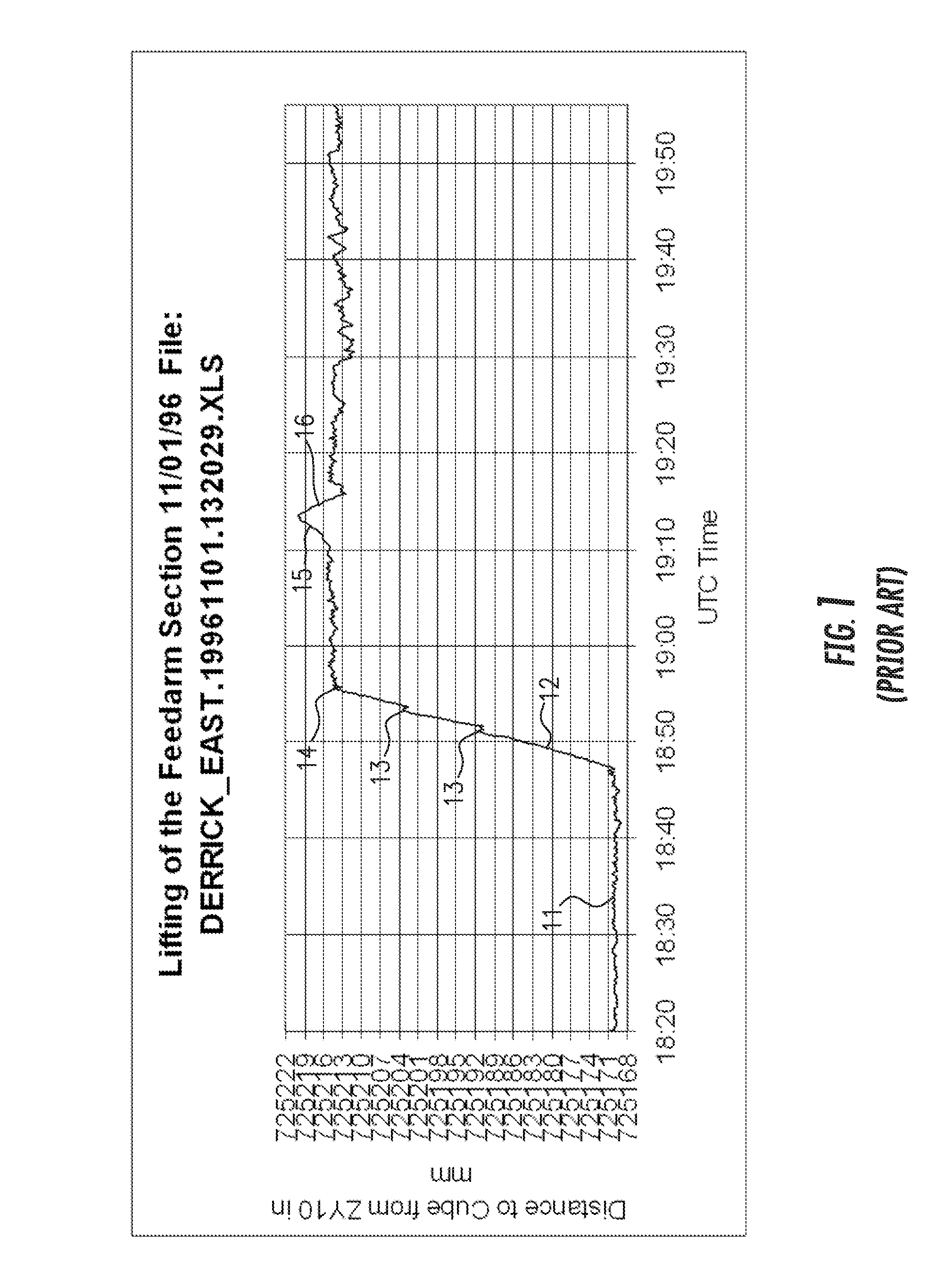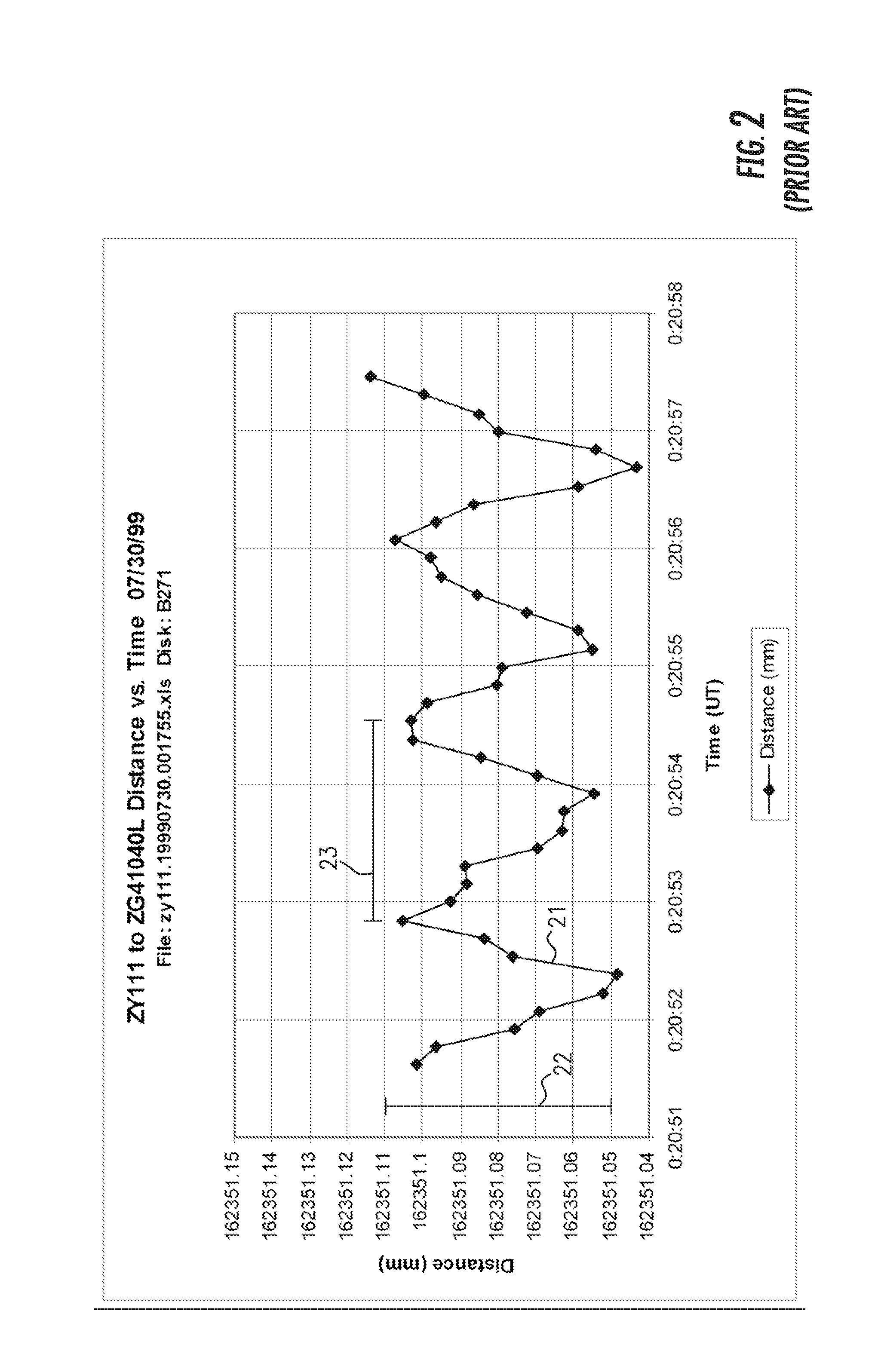On Aug. 1, 2007, the I-35W bridge over the Mississippi River in Minneapolis, Minn. experienced a
catastrophic failure.
The National
Transportation Safety Board (NTSB) concluded in
press release SB-08-53, incorporated by reference herein, that the probable cause of the collapsewas the inadequate
load capacity, due to a
design error by Sverdrup & Parcel and Associates, Inc., of the gusset plates at the U10 nodes, which failed under a combination of (1) substantial increases in weight of the bridge, which resulted from previous modifications and (2) the traffic and concentrated construction loads on the bridge on the day of the accident.
On Apr. 1, 1989 the US 51 bridge over the Hatchie River near Covington, Tenn. experienced a
catastrophic failure.
Contributing to the severity of the accident was a lack of redundancy in the design of the bridge spans.
On Apr. 5, 1987 the I-90 bridge over the Schoharie Creek near Amsterdam, N.Y., experienced a
catastrophic failure.
The NTSB concluded in
Highway Accident Report HAR-88-02, incorporated by reference herein,that the—probable cause of the collapse of the Schoharie Creek Bridge was the failure of the New York State Thruway Authority to maintain adequate
riprap around the bridge piers, which led to severe
erosion in the soil beneath the spread footings.
Contributing to the accident were ambiguous plans and specifications used for construction of the bridge, an inadequate NYSTA
bridge inspection program, and inadequate oversight by the New York State Department of Transportation and the Federal Highway Administration.
Contributing to the severity of the accident was a lack of structural redundancy in the bridge.
On Jun. 28, 1983, the I-95E bridge over the Mianus River in Greenwich Conn. experienced a catastrophic failure.
The outside hanger gradually worked its way farther outward on the pin, and over a period of time, a fatigue crack developed in the top outside end of the upper pin.
The shoulder of the pin fractured off, the pin and hanger
assembly failed, and the span collapsed into the river.
Unfortunately, the OSHA Accident Investigation Reports are not easily accessible, but from news reports the following crane accidents occurred recently.
Railroad bridge failures occurred following flooding in Cedar Rapids on Jun. 12, 2008 and in Columbus Junction, Iowa on Jun. 24, 2008.
Catastrophic failures during construction are all to frequent.
There have also been catastrophic failures of standing buildings.
It is also possibly due to the historic development of large-scale
metrology around manufacturing, which may not attract the attention of structural engineers.
Site power delivered by the grid was lost as a result of the earthquake.
Backup battery power was soon exhausted, which resulting in loss of
coolant to the reactors.
In the case of the Fukushima accident, there were explosions outside the primary containment structure-which indicate that the primary containment structures failed to contain the pressure of the vented steam and
hydrogen.
Section A concluded with the statement;Based on the ineffectiveness of
hydrostatic test in detecting significant
fatigue cracking in tank cars resulting from severe loadings, stress risers, and
welding defects, RSPA and the FRA no longer consider the
hydrostatic test part of the optimum way to qualify fusion welded tank cars for continued service.
The Final Rule recites three incidents involving PIH;In the last several years, rail tank cars have been breached in numerous accidents, resulting in large releases of hazardous materials.
As noted in the NPRM, although none of these accidents was caused by the hazardous materials tank cars, the failure of the tank cars involved led to fatalities, injuries, evacuations, and property and environmental damage.
The industry responded that it lacked the technological and
engineering ability to manufacture tank cars meeting the proposed standards.
While this is a simple construction technique, it does not fully
exploit the
compressive strength of concrete, nor the tensile strength of steel.
However, the bonded concrete is subjected to the same elongation strain ε, which puts the concrete under tension.
Since the concrete is uncured, the jacks must push against external fixed anchors.
However, due to the fact that tensioning is conducted in the field, forces may be over 1,000,000 lbf, and the geometric shapes may be one of a kind construction, each tensioning may require additional
engineering and rigging.
This can temporarily produce high stresses in other parts of the structure.
This
fire protection requirement is in conflict with structural requirements, which would place the tendons near the outside wall in order to put the entire wall in compression.
Moreover, such a
delamination could easily go undetected in normal service.
Walter Podolny, Jr., of the Federal Highway Administration, documented a number of problems that have led to
cracking in post-tensioned concrete
box girder bridges.
This overload had caused the concrete to fail, allowing the tendons to straighten out and pull away from the webs (FIG. 40).
Note that in all cases,
noise due to catastrophic failure was the first indication of a problem, i.e., there was no mention of
instrumentation monitoring the post-tensioning process.
The pulse velocity technique does not lend itself to a concrete
mass with large numbers of embedded conduits and a linear plate on the underside of the dome.
The analysis concluded:This analysis shows that the unbalanced load from post-tensioning together with rotating construction joints (eccentric thrust) would lead to large predicted stresses.
The first indications of failure were visible signs of
wetting of the concrete surface, followed by acoustic
noise which was interpreted as
tendon wires breaking.
. . The dome investigation team concluded that a compression-tension interaction failure had occurred.
As the work continued, some of the concrete
rubble unexpectedly broke off into large pieces.
From the
licensee's
root cause analysis, it appears that standard industry
analysis tools typically used for predicting radial tension may be limited in their ability to predict the potential
delamination failures for major modification activities, such as the creation of SRG construction openings that involve detensioning of tendons [emphasis added].
This
scenario assumed that the company would perform Progress Energy's more limited scope of work, and at the conclusion of that work, additional damage would occur in the dome and in the lower elevations, which would force replacement of each.
“This has been an arduous process of modeling, engineering, analysis and evaluation over many months.
The problem is that analysis of the data is very complex, and may not point to suspect areas for follow-up human inspection.
Moreover, bonding of the strain transducers to the structural elements may make
retrofitting an existing structure, or replacement of embedded transducers, difficult, i.e., preexisting strain is unmeasurable when the gage is bonded to a structural member, so absolute strain can not be measured by a replacement gage.
The most significant problem is that analysis requires extrapolation of the localized measurements of a large number of transducers to model the structure.
Hydrostatic testing has been shown to be unreliable for detecting fatigue cracks in railroad tank cars.
From the high-profile cases described hereinabove, it is clear that the
instrumentation to predict failures in post-tensioned and detensioning concrete is totally inadequate.
Moreover, it is of some concern that the first indications of a problem are when a
tendon pulls out of the concrete, a loud bang is heard, water or
grease leaks out of what is though to be a
solid wall, concrete anchors don't hold, the concrete “feels spongy” under workers feet, pieces of a thick concrete dome spontaneously fall off, etc.
This proposal was not reduced to practice, and was limited to the specific case of a
radio telescope rotating in
azimuth and elevation.
 Login to View More
Login to View More  Login to View More
Login to View More 


